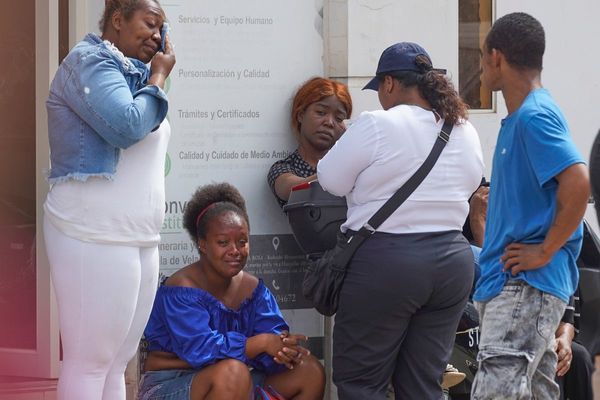
More than six thousand redress claims from survivors of childhood sexual abuse are yet to be processed and the average wait has blown out to almost 12 months, which is close to double the intended timeframe, new government data reveals.
Of the 15,442 claims made up until 29 April, just over half – 8,160 – have resulted in redress payments being made to survivors, totalling approximately $706.2m, according to data from the Department of Social Services, which runs the scheme.
There is still a backlog of 6,229 claims yet to be processed – an alarming amount that lawyers warn is the result of resourcing issues.
Currently, over 600 applicants who have received an offer have not yet made a decision, while 243 applications have been refused since the scheme started because applicants did not meet the criteria.
The average processing time of claims has blown out to 11.9 months, almost double the time intended. The scheme is supposed to issue payments to 80% of applicants within six months.
Simon Bruck is principal lawyer at Knowmore, the legal service set up to help those seeking redress. He said while the timeframe has come down slightly (it was 12.5 months at the start of 2021), it was still way off from where it should be.
Some survivors have been waiting over 12 months for their applications to be processed, he said, and because of a lack of transparency, they never know which stage they are at.
“We have some clients who have been waiting years, other clients that have passed away while waiting,” Bruck said.
“The royal commission into institutional responses to child sexual abuse wanted the scheme to be efficient, to be survivor focused and, in summary, less onerous than a civil law claim, but unfortunately there has been a long wait time for quite a lot of people applying,” he said.
The scheme will accept applications until 2027 and payments to survivors are capped at $150,000, with the average amount of redress being about $80,000.
The Community and Public Sector Union said there are issues retaining staff on the scheme, with a revolving door of contractors and short-term employees. The nature of the work also made it hard to retain staff, it said.
A spokesperson for DSS said about 2,000 claims had come “in the last few months” and that the complexity of applications “is more significant than originally forecast”.
“The scheme is committed to progressing applications as quickly as possible, with each application reviewed and processed on a case by case [basis],” the spokesperson said.
“Processing times vary depending on the complexities of each application.”
While in opposition Labor called for maximum payments to be increased to $250,000 and more psychological support to be available to those applying for redress, though it is unclear what the new government’s position is, and a minister is yet to be appointed.
Bruck said to handle the backlog, the government will have to staff the scheme properly and make sure the last resort declaration – where the government covers the redress cost if the institution can’t – is well funded.
“It might mean they have to consult state and territory governments but people have been waiting a long time,” he said.
“It really needs to be … efficient and timely so it is a real and better option for some people.”
Some lawyers are directing their clients away from redress, saying the civil route can be more straightforward.
Judy Courtin, a Melbourne-based lawyer represents victims of institutional abuse. She said the process of redress was often re-traumatising, with victims allowed limited access to counselling along the way.
“Of all the avenues, the national redress scheme I would put at the bottom of the pile as a last resort if nothing else works,” she said.
Courtin said it “was outrageous” there were six thousand people still waiting.
“Nobody cares if these people die. So many of these people are vulnerable and traumatised. They’ve had a lot of psychological harm, let’s make them suffer a bit more.”







